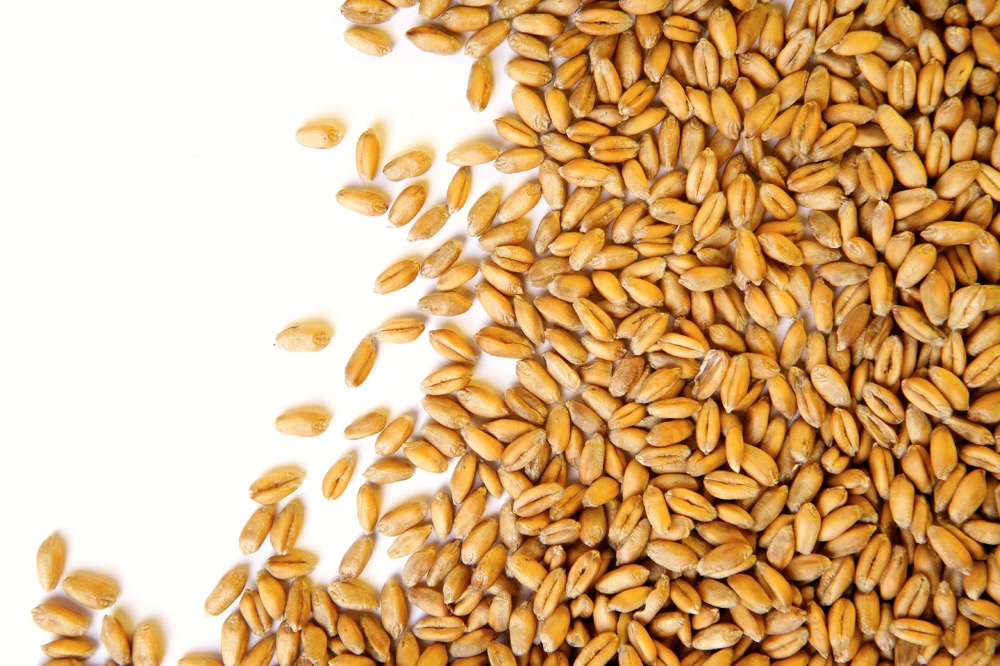Chicago | Reuters — U.S. wheat futures fell Friday, with Minneapolis Grain Exchange (MGEX) spring wheat tumbling more than three per cent after the U.S. Department of Agriculture surprised traders by raising its estimate of the U.S. spring wheat crop, despite a summer drought.
Soybean and corn futures rose roughly one per cent each on bullish quarterly stocks data from USDA.
Chicago Board of Trade December wheat settled down 6-3/4 cents at $4.48-1/4 a bushel while MGEX December spring wheat fell 21-1/4 cents at $6.23-3/4 a bushel after hitting $6.20-1/4, its lowest in more than a week (all figures US$).
Read Also

IGC raises 2025/26 world wheat crop forecast
The International Grains Council has raised its forecast for 2025/26 global wheat production with crop outlooks upgraded for Russia, the United States and Argentina.
CBOT December corn ended up 2-3/4 cents at $3.55-1/4 a bushel and November soybeans rose 8-3/4 cents at $9.68-1/4 a bushel.
MGEX wheat fell the hardest after USDA reported U.S. 2017 production of spring wheat other than durum at 416 million bushels, up from its previous estimate of 402 million bushels and well above an average of analyst estimates for 382 million bushels.
The government put the U.S. all-wheat crop at 1.741 billion bushels, above the average trade estimate of 1.718 billion bushels.
“The thing that jumps out right away is the spring wheat number being much larger than expected, and even larger than their previous number,” said Brian Hoops, analyst at Midwest Marketing Solutions.
“I know the trade has been hearing about a lot of abandonment of wheat acres, and there will be a lot of debate about why we haven’t seen it so far,” Hoops said.
CBOT corn and soybeans rallied after USDA’s quarterly stocks figures for both crops came in below trade expectations.
USDA reported Sept. 1 corn stocks at 2.295 billion bushels, the most since 1988. However, the figure fell below even the lowest in a range of trade estimates for 2.31 billion to 2.45 billion bushels.
Similarly, USDA reported Sept. 1 soybean stocks at 301 million bushels, below a range of analyst expectations but up 53 per cent from a year ago.
“It’s a little friendly for the beans, having it go down to 301 million bushels. There was some fear that production was underestimated last year and that would show up in this report. Obviously, that didn’t happen,” said Jack Scoville, analyst at the Price Futures Group.
For the month, December corn fell about 0.7 per cent, following a seven per cent plunge in August. November soybeans rose 2.4 per cent, rebounding after a six per cent slide in August.
CBOT December wheat rose 3.2 per cent, bouncing back after a two-month decline.
— Julie Ingwersen is a commodities correspondent for Reuters in Chicago; additional reporting by Michael Hirtzer in Chicago, Naveen Thukral in Singapore and Gus Trompiz in Paris.











